IAnD Exclusive
By Shriram Khadilkar
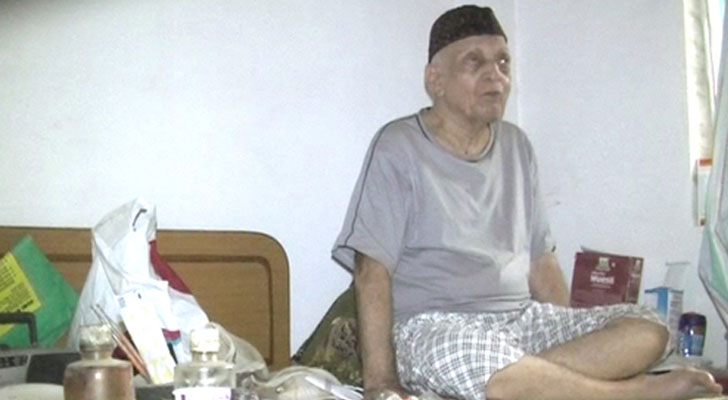 |
| Veteran artist - Late A.A. Raiba |
Veteran painter Abdul Aziz
Raiba breathed his last on April 15, 2016. He was 94 and still questing for the
unfathomable through his artistic expression He was painting until few days
leading up to his end…
“I am not satisfied with
the work that I have done so far,” exclaimed Raiba, when I last met him couple
of months ago in Nalasopara at his residence cum studio; the nonagenarian
nonchalantly referring to his thirst for painting as a neonate’s yearning for
milk.
A. A. Raiba had been
expressing himself for seventy plus years through the medium of painting. Till
his last days, he thirsted for it. Until a few years ago, he was busy with
reading the Quran and painting landscapes sitting in his studio, as responsive
and energetic as any young artist waiting to embark on his artistic journey.
Raiba learned Indian style
of painting while studying at the Sir. J. J. School of Art, Mumbai under the
guidance of Jagannathji Ahivasi. He was awarded a scholarship by Fazalbhoy
trust. After completing his art education, he was appointed as a fellow in Sir
J. J. School of Art. In the initial stage of his education, he was influenced
by western trends in art. His close associates including M. F. Hussain advised
him to visit Europe, but he preferred to go to Kashmir on a tip off by eminent
painter Walter Langhammer. He stayed there for more than three years and
accomplished a large body of work - a significant addition in his
repertoire.
He largely abided by the
Indian style of painting. From Kashimiri women, to South Indian fisherwomen to
Goan landscapes to village-scapes in North India and seascapes in and around Bassin,
Raiba was at one time called ‘harfanmoula’ (Jack of all trades) because he was
painting whatever came his way. The movie Jhansi ki Rani effected a canvas
depicting a girl climbing on the trunk of an elephant. He painted a dying horse
after witnessing the death of a camel in a painting by Abanindranath Tagore.
And then he also painted beautiful blind women, who were selling bread (rotis)
in Kashmir… He handled a variety of subjects with aplomb.
Bold shapes, strong
definite lines, beautiful shades of colours with a difference were the
speciality of Raiba’s paintings. The
important thing was that he prepared his own canvases. Earlier, he used to
prepare his own colours too. He had a
voracious appetite to view and assimilate works by other artists; a variety of
styles and isms; yet he made a breakthrough and established his own style of
painting.
The series on ‘Old Bombay
has been Raiba’s greatest contribution to the world of Indian Art. In this
series, he has painted monumental structures of 18th century Mumbai. He did a
lot of sketching for many years and painted using perspectives in miniature
style with shades like deep reds, umbers, and faded yellows. In the same style,
he painted some locations in Bassin village area too.
Raiba was also a member of
Progressive Group - one of its earliest members after its six founders; but
moved away after a show in 1953. He never challenged anybody; except
himself. His close friend and confidant
M. F. Husain once advised him to work as an artist in film production and urged
Raiba to approach K. Asif, when he was making Mughal- E- Azam. A disciplined
Raiba could not bring himself to work in that ambience. Here was a versatile
artist, who was blessed by the likes of Charles Gerard, Walter Laghammer and
Rudy Von Layden, who were king makers of those days.
As compared with
contemporaries of his time, Raiba was not a expensive painter. One would very
rarely see his paintings in an auction. He did not believe in monetizing his art for commercial success. “Work with passion, money will
follow you,” he would say. His fans are spread world over with collections of
his paintings.
Years ago, he operated from
a 10 x 10 ft. home cum studio at Temkar Street in South Mumbai. In his last
days, he stayed in a high-rise apartment, which also housed his independent
studio space in the whereabouts of Virar in suburban Mumbai.
An artist, who truly valued
his priceless creative journey, Raiba was the indefatigable artist, young in
spirit and bubbling with energy - a befitting inspiration for young and
upcoming artists of today.


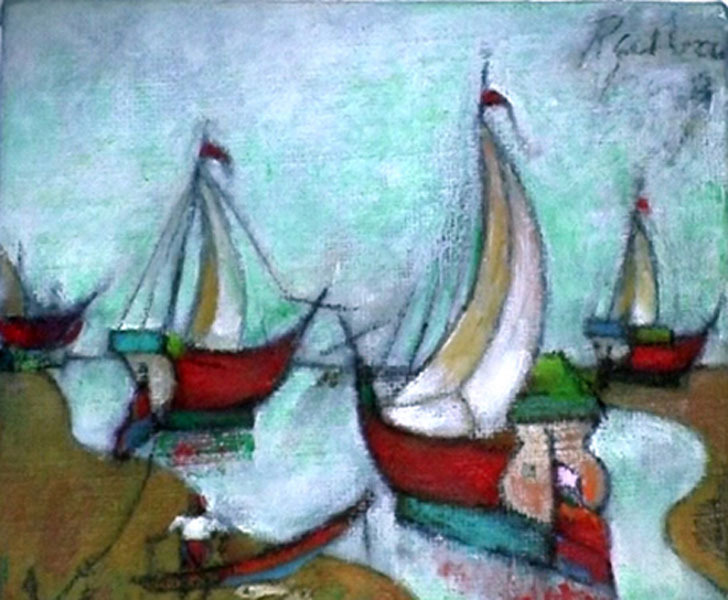
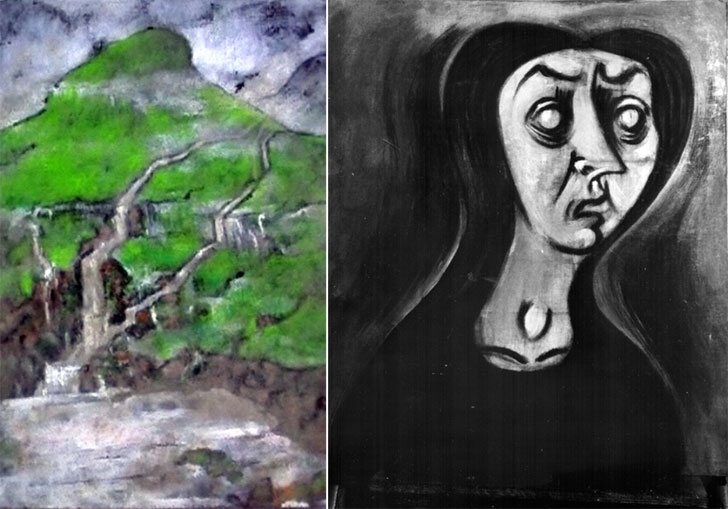
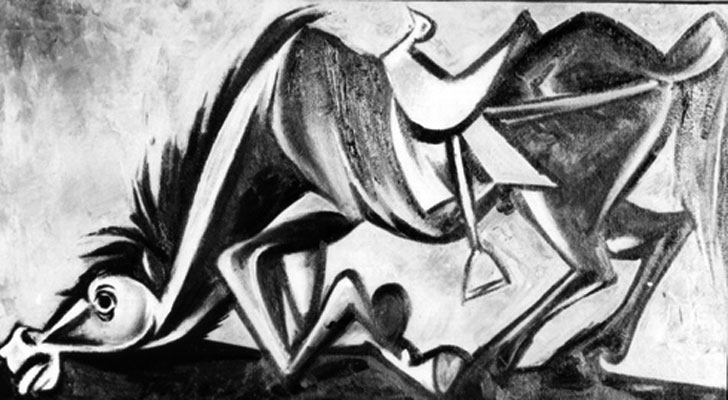
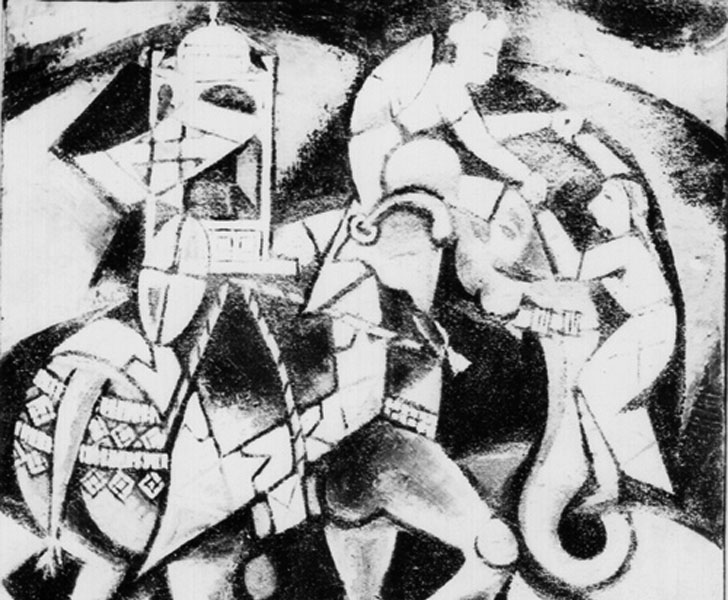

No comments :
Post a Comment